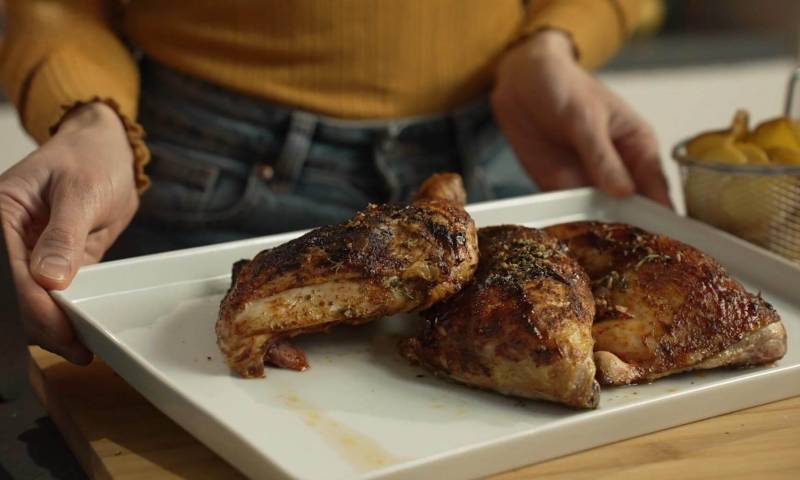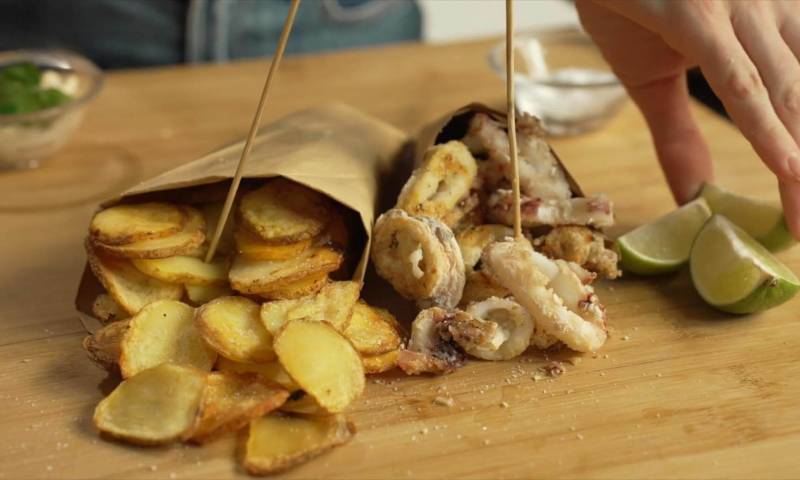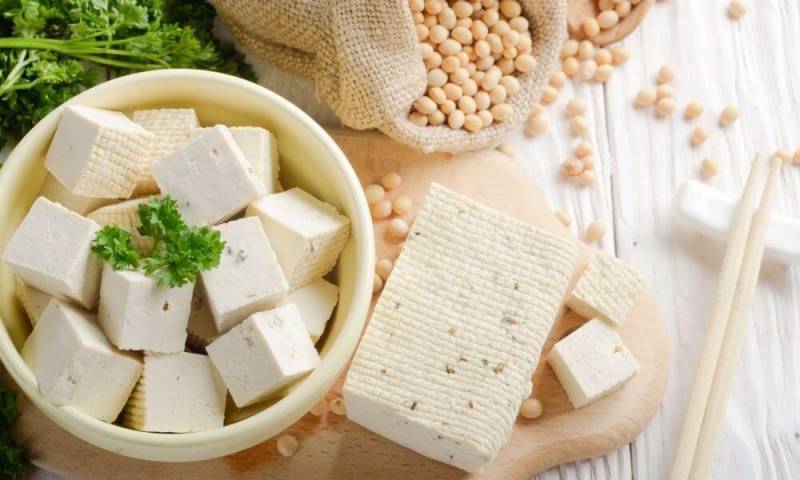Homemade Pizza: recipe, tips and mistakes to avoid

Whether it’s consumed for lunch, dinner, or just as a pleasant snack, pizza for Italians is a true state of mind. Along with pasta, it represents the most well-known food from the "Bel Paese" worldwide. And it pairs with the most disparate ingredients, to tempt every kind of palate. The pleasure of eating it, however, is not only in biting into it and enjoying every mouthful: the dream of many of us is in fact to prepare homemade pizza that is as good and soft as the one we are used to in the best pizzerias.
A dream that immediately becomes reality with Ariete, thanks to the new pizza oven, which allows us to bring many pizzas to the table, perfectly cooked and in just 4 minutes. Let's see then what the right dough is for a homemade pizza done to perfection, and what are the most common mistakes to avoid during preparation.
Homemade Pizza Dough: Ingredients and Preparation
Flour, water, salt, oil, and yeast. These few and genuinely simple ingredients are all you need to amaze friends and the whole family with delicious homemade pizza. Whether it is thin and crispy, or thick and soft, pizza tempts both adults and children, and can be enjoyed on any occasion. A constant that has been part of our diet for centuries, it represents a true moment of joy where we gather with friends and family around a table to eat a dish that is natural, genuine, tasty, and truly accessible to everyone. And it is precisely to preserve that authentic and markedly genuine flavour that we often want to make it at home. However, to prepare it exactly like the one served in Naples, you need to keep three fundamental points in mind, even for home-made recipes: the pizza must in fact be light, flavourful, and at the same time easy to digest.
You will therefore understand that the secret to making good pizza like in a pizzeria lies entirely in the dough. If it is not of good quality, we will hardly be able to create a state-of-the-art pizza. We will need the following ingredients: 300g of 00 flour, 200g of 0 flour, 300ml of natural mineral water, 15ml of extra virgin olive oil, 1 teaspoon of sugar, 8g of salt, and 8g of brewer's yeast. Before proceeding with the dough, it is important to sift the flour to prevent the formation of lumps. Once this is done, pour the two flours onto the pastry board - or alternatively into the container of one of the many mixers available in the Ariete catalogue, for a quick and effortless dough - and add the oil into a central crater. Dissolve the yeast in warm water along with a pinch of barley malt, add it to the flour and start kneading after also adding the salt, bringing the flour towards the outside. Simultaneously, slowly pour in the rest of the warm water until you obtain a smooth, compact, and sufficiently soft mixture. If a mixer is used, the dough will be ready when it detaches from the bowl.
Let the dough rise in a bowl covered with plastic wrap, necessarily in a warm and dry place for at least 5 or 6 hours. Once the right time has passed, divide the mixture into dough balls of about 250g each, and let them rise at room temperature for another hour. Take the dough balls and stretch them out with your hands, avoiding the use of a rolling pin and trying to get a round shape, without flattening the edges too much. Now we can let our imagination run wild and top the pizza as we prefer, for example with tomato and mozzarella or with ham and mushrooms.
Mistakes to Avoid When Preparing Homemade Pizza
The art of homemade pizza still requires some small precautions. There are some common mistakes that can compromise the final result after so much dedication in following the right recipe. The most common is the order in which the ingredients are added: during the kneading phase, it is essential to introduce the yeast first and then the salt, as the latter partially inhibits the former and slows down the leavening. It is also not advisable to add too much yeast to speed up the rising, as it is preferable to reduce the quantity and favour long rising times, even 24 hours. Finally, for a soft and easy-to-digest pizza, the dough must always be covered in appropriate containers to prevent the formation of crusts that could result in a non-uniform mass.
How to Cook Pizza at Home with Ariete
Now that we know how to prepare the perfect dough, all that remains is to put our delicious creation in the oven. Nothing could be easier - and faster! - with the new Ariete pizza oven. This precious ally for all pizza lovers, equipped with a high-quality refractory stone plate with a diameter of 32cm, allows you to cook it with five different cooking levels, up to a maximum temperature of 400 degrees. The fast, high-temperature cooking allows you to replicate the same method as wood-fired ovens, and in just 4 minutes we will achieve a perfect cook for our homemade pizza.







